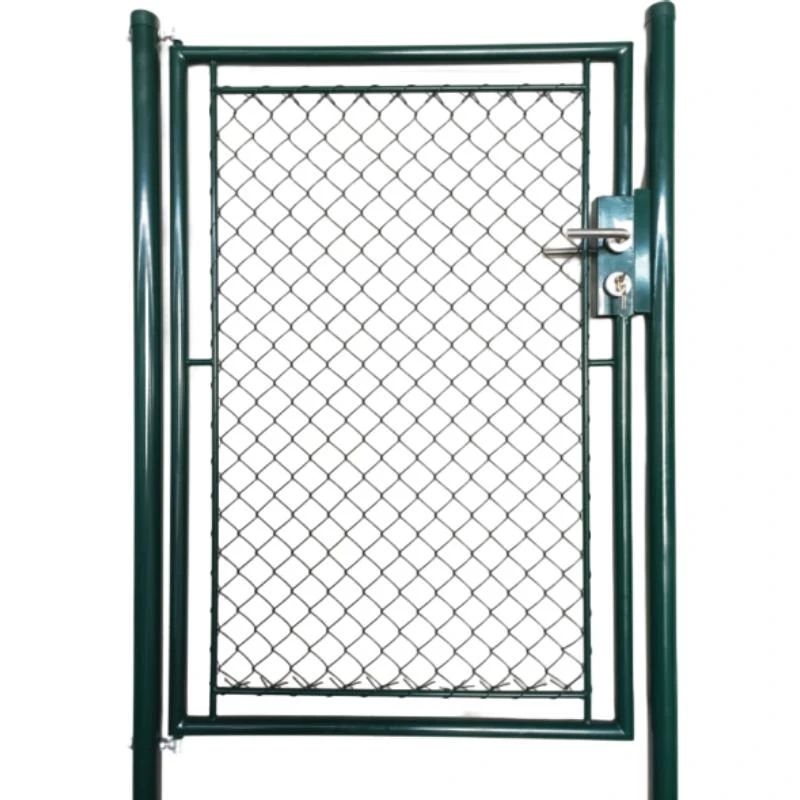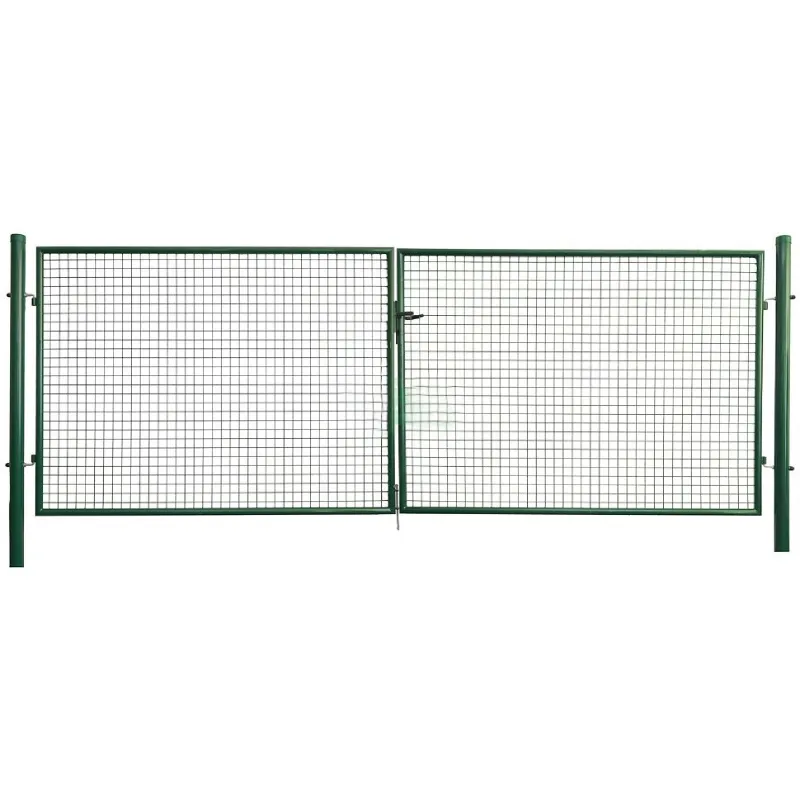-
leka uila:zhao@hyliec.cn
-
Tel:+86 311 85273988
-
WhatsAPP:8613931128750
-
 ʻApelika
ʻApelika -
 Alapania
Alapania -
 Amahapika
Amahapika -
 Apapika
Apapika -
 Ameniana
Ameniana -
 Azerbaijani
Azerbaijani -
 Pōkē
Pōkē -
 ʻŌlelo Belarusa
ʻŌlelo Belarusa -
 Penekali
Penekali -
 Ponia
Ponia -
 Pukalia
Pukalia -
 ʻŌlelo Katalonia
ʻŌlelo Katalonia -
 Cebuano
Cebuano -
 ʻŌlelo Kokia
ʻŌlelo Kokia -
 Koalia
Koalia -
 Keka
Keka -
 Kenemaka
Kenemaka -
 Hōlani
Hōlani -
 Pelekania
Pelekania -
 ʻŌlelo Esperanto
ʻŌlelo Esperanto -
 Ekekonia
Ekekonia -
 Pinilana
Pinilana -
 Palani
Palani -
 Frisian
Frisian -
 Kalikia
Kalikia -
 Keokia
Keokia -
 Alemania
Alemania -
 Helene
Helene -
 Kuhalaki
Kuhalaki -
 ʻŌlelo Haiki
ʻŌlelo Haiki -
 Hauka
Hauka -
 ʻŌlelo Hawaiʻi
ʻŌlelo Hawaiʻi -
 Hepela
Hepela -
 ʻAʻole
ʻAʻole -
 Miao
Miao -
 Hunakalia
Hunakalia -
 ʻĀinahau
ʻĀinahau -
 igbo
igbo -
 ʻInikonia
ʻInikonia -
 Ipelana
Ipelana -
 Ikalia
Ikalia -
 Kepanī
Kepanī -
 Kawanī
Kawanī -
 Kanākā
Kanākā -
 ʻŌlelo Kazaka
ʻŌlelo Kazaka -
 Khmer
Khmer -
 Rwandan
Rwandan -
 Kolea
Kolea -
 ʻŌlelo Kurdish
ʻŌlelo Kurdish -
 ʻŌlelo Kyrgyz
ʻŌlelo Kyrgyz -
 TB
TB -
 ʻŌlelo Lākni
ʻŌlelo Lākni -
 Lakiwiana
Lakiwiana -
 ʻŌlelo Lituania
ʻŌlelo Lituania -
 ʻŌlelo Lukemapuka
ʻŌlelo Lukemapuka -
 Makekoni
Makekoni -
 Malgashi
Malgashi -
 Mālei
Mālei -
 Mālealama
Mālealama -
 Malkī
Malkī -
 ʻŌlelo Māori
ʻŌlelo Māori -
 Malapi
Malapi -
 ʻŌlelo Monokolia
ʻŌlelo Monokolia -
 Maianamara
Maianamara -
 Nepali
Nepali -
 Nolewai
Nolewai -
 Nolewai
Nolewai -
 ʻOkitana
ʻOkitana -
 ʻŌlelo Pashto
ʻŌlelo Pashto -
 Pelekia
Pelekia -
 Pōlani
Pōlani -
 Pukikī
Pukikī -
 ʻŌlelo Punajabi
ʻŌlelo Punajabi -
 Lomānia
Lomānia -
 Lukia
Lukia -
 Sāmoa
Sāmoa -
 Gaelika Sekotia
Gaelika Sekotia -
 ʻŌlelo Serbia
ʻŌlelo Serbia -
 Pelekania
Pelekania -
 Shona
Shona -
 Kiniki
Kiniki -
 Sinhala
Sinhala -
 Kolowakia
Kolowakia -
 Kolewenia
Kolewenia -
 ʻŌlelo Somalia
ʻŌlelo Somalia -
 Kepania
Kepania -
 ʻōlelo Sunda
ʻōlelo Sunda -
 Kawahili
Kawahili -
 Kuekene
Kuekene -
 Kakalo
Kakalo -
 Tajika
Tajika -
 Kamili
Kamili -
 Tatar
Tatar -
 Keluku
Keluku -
 Kailani
Kailani -
 Tureke
Tureke -
 ʻŌlelo Kuleke
ʻŌlelo Kuleke -
 Ukrainian
Ukrainian -
 Urdu
Urdu -
 Uighur
Uighur -
 ʻUzbek
ʻUzbek -
 Vietnamese
Vietnamese -
 Welsh
Welsh -
 Kokua
Kokua -
 Yiddish
Yiddish -
 Yoruba
Yoruba -
 Zulu
Zulu
Ipuka Kihapai
Cheap Garden Gates For Sale
You can find cheap garden gates for sale at various home improvement stores, online retailers, and local hardware shops. Consider looking for sales, clearance items, or second-hand options to find affordable garden gates that meet your needs. Additionally, exploring different types and sizes can help you find cost-effective solutions for your garden gate. Be sure to compare prices, quality, and reviews to make an informed decision.
Garden Gate Construction
1. Planning: Determine the location and dimensions of the gate, considering the width of the pathway or opening. Decide on the type of gate, such as a single or double gate, and the materials to be used.
2. Materials: Select the appropriate types and sizes for the gate, such as round tube gates or square tube gates, single wing gates or double wings gates, ensure to meet requirements of maximum.
3. Frame assembly: Construct the frame of the gate using the chosen types and sizes . This may involve cutting and assembling the frame pieces, ensuring that they are square and level.
4. Adding infill: Depending on the design, add infill materials such as pickets, panels, or mesh to the gate frame. Secure the infill materials to the frame using appropriate fasteners.
5. Hardware installation: Install hinges, latches, and any additional hardware required for the gate to function properly. Ensure that the hardware is durable and suitable for outdoor use.
6. Finishing touches: Sand the gate to smooth any rough edges and apply a protective finish or paint to enhance its durability and appearance.
7. Installation: Once the gate is constructed, install it in the desired location, ensuring that it swings freely and latches securely.
It's important to follow any local building codes or regulations when constructing a garden gate, especially if it will be used as a boundary or security feature. If you're unsure about the construction process, consider consulting with a professional or seeking guidance from experienced individuals.





